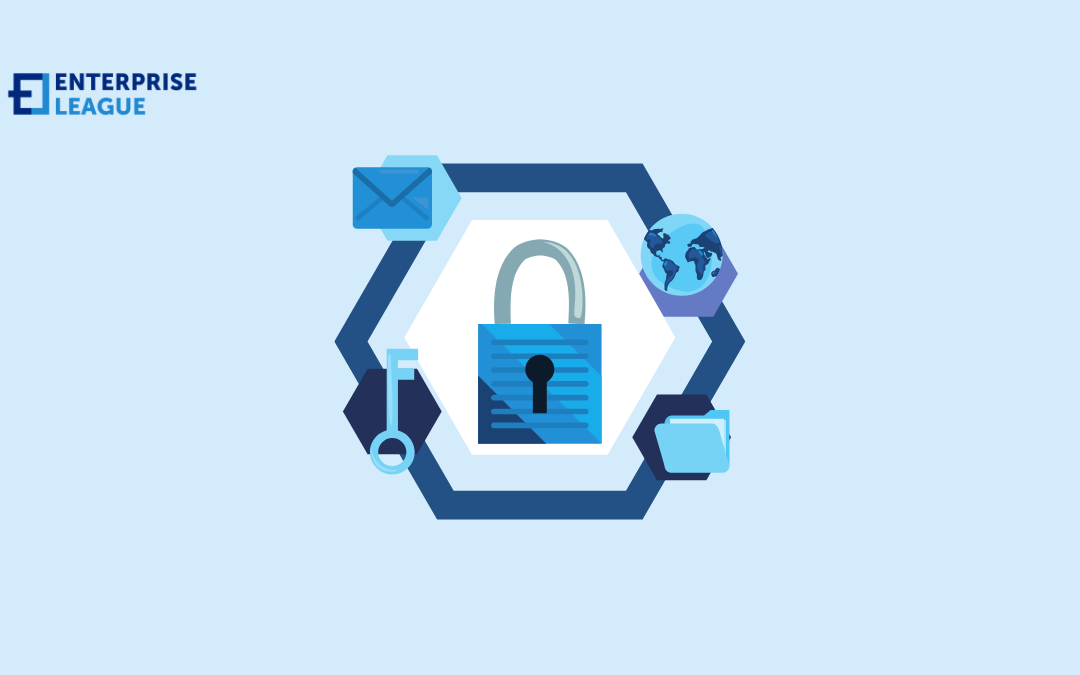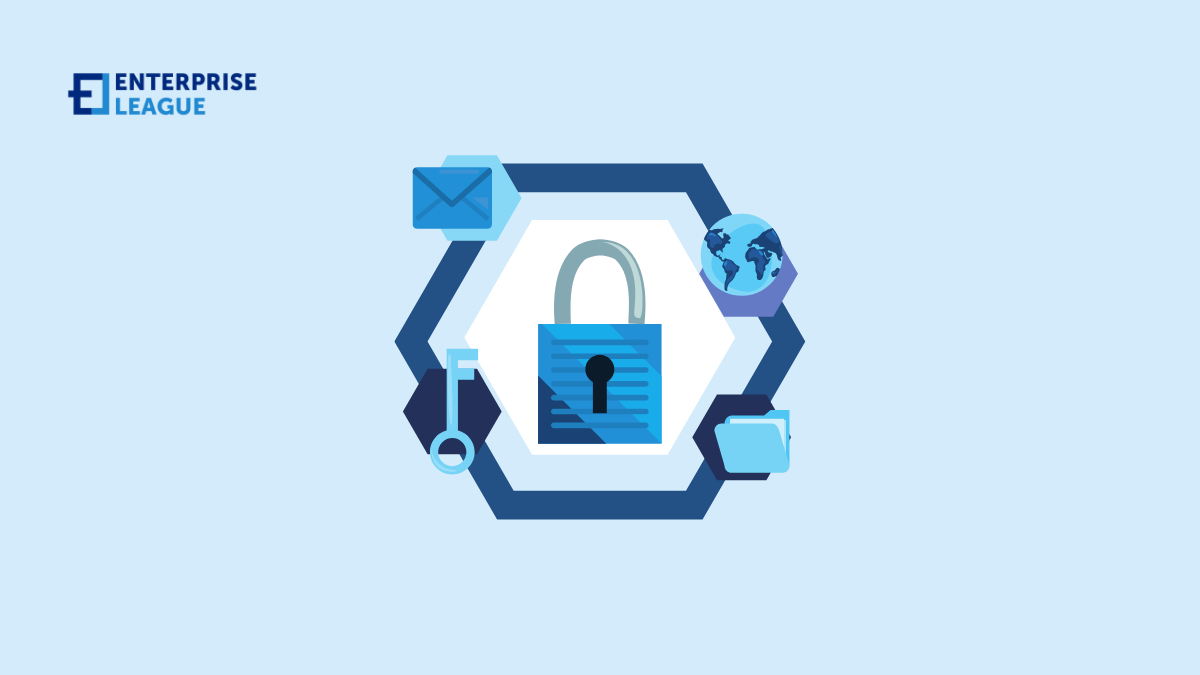If you’re curious about the most common hiring mistakes and how to avoid them, this article is for you. Learn how to dodge a bullet when hiring!

Ethereum trading for beginners: A comprehensive guide
If you’re eager to dive into the world of cryptocurrency and explore the potential of Ethereum, this Ethereum trading for beginners’ guide is the piece of content you need the most. So, let’s uncover the basics of Ethereum trading and why it’s crucial for beginners like you.
In the ever-evolving world of cryptocurrencies, Ethereum has emerged as a prominent player. As a beginner trader, gaining a solid understanding of Ethereum trading is essential to navigate the market.
Overview of Ethereum trading for beginners
This comprehensive guide on Ethereum trading for beginners covers the fundamental aspects of Ethereum, including its definition, blockchain technology, and smart contract capabilities. It explores the reasons to trade Ethereum, such as its advantages over other cryptocurrencies and potential profitability. The guide also explains what drives Ethereum’s price, how to trade Ethereum and the best trading strategies, and provides valuable tips and advice for beginners.
Now, let’s dive into the key aspects of Ethereum and how you can start trading it.
What is Ethereum
Ethereum is a groundbreaking blockchain platform that has gained global attention in the cryptocurrency community. Created by Vitalik Buterin in 2015, it offers developers the opportunity to build and deploy decentralized applications (DApps) on its blockchain network.
Similar to Bitcoin, Ethereum operates as a decentralized ledger technology. However, it distinguishes itself by serving as more than just a digital currency. Utilizing blockchain technology, Ethereum facilitates the execution of smart contracts—self-executing agreements written in code. These contracts autonomously execute transactions or actions based on predefined conditions, eliminating the need for intermediaries.
One of Ethereum’s remarkable features is its support for smart contracts. These contracts enable the establishment of trustless agreements, where transactions occur without intermediaries. This capability empowers developers to create innovative applications that harness the transparency and security of blockchain technology.
What Ethereum can do
Ethereum, as a decentralized blockchain platform, offers a wide range of functionalities and possibilities beyond being a digital currency. Here are some of the key things Ethereum as a cryptocurrency is capable to do.
- Enable decentralized applications (DApps): Ethereum allows developers to build and deploy DApps, revolutionizing industries such as finance, supply chain, and gaming.
- Execute smart contracts: Ethereum’s blockchain technology enables the creation of self-executing contracts, automating transactions and agreements without intermediaries.
- Power decentralized finance (DeFi): Ethereum serves as the foundation for DeFi applications, offering lending, trading, and yield farming opportunities directly between users.
- Provide secure digital identity: Ethereum enables the development of decentralized identity solutions, ensuring trust and security in digital transactions.
- Support non-fungible tokens (NFTs): Ethereum’s platform allows for the creation and trading of unique digital assets (NFTs), including collectibles, art, and virtual real estate.
- Enhance supply chain transparency: Ethereum’s blockchain can track and verify the origin and movement of goods, ensuring transparency and reducing fraud in supply chain management.
- Enable decentralized autonomous organizations (DAOs): Ethereum supports the creation of DAOs, organizations run by smart contracts and governed by community voting.
- Transform the gaming industry: Ethereum brings decentralized gaming, enabling ownership and trade of in-game assets, provably fair gameplay, and player-driven economies.
- Drive innovation in energy: Ethereum facilitates energy trading and the development of energy-efficient solutions, promoting sustainability and renewable energy adoption.
- Revolutionize industries: Ethereum’s versatility extends to healthcare, real estate, and more, enabling secure data sharing, transparent transactions, and new business models.
Why trade Ethereum
Ethereum’s position as the second-largest cryptocurrency by market capitalization presents lucrative trading opportunities. Its established market presence and high liquidity make it easier to buy and sell. Moreover, Ethereum’s volatility can lead to significant price fluctuations, creating chances for traders to profit from market movements.
As a trader, it’s important to consider the market dynamics. Ethereum’s status as the second-largest cryptocurrency solidifies its position and instills confidence among traders. The significant market capitalization indicates a large and active community, fostering liquidity and stability in the Ethereum market.
What drives Ethereum’s price
Several factors contribute to the price fluctuations of Ethereum. Firstly, the overall demand for cryptocurrencies, including Ethereum, affects its price. Additionally, investor sentiment, market speculation, and macroeconomic factors can influence Ethereum’s price movements. Understanding these factors is crucial for traders to make informed decisions.
The supply and demand dynamics of Ethereum play a significant role in its price determination. The limited supply of Ethereum tokens, coupled with increasing demand from users and investors, can drive up its price. Conversely, if the supply surpasses demand, it can lead to downward price pressure. Analyzing these dynamics helps traders anticipate price trends.
Market sentiment and news events have a considerable impact on Ethereum’s price. Positive developments, such as new partnerships or regulatory support, can boost investor confidence and drive up prices. Conversely, negative news, security breaches, or regulatory crackdowns can lead to market sell-offs and price declines. Staying informed about the latest news and market sentiment is essential for traders.
How to trade Ethereum
To start trading Ethereum, it’s important to understand the role of cryptocurrency exchanges and wallets. Cryptocurrency exchanges are platforms where you can buy, sell, and trade Ethereum. Wallets, on the other hand, are digital storage solutions that securely hold your Ethereum. Choose reputable exchanges and secure wallets to protect your assets.
Step-by-step roadmap on how to buy and sell Ethereum
- Create an account: Sign up on a reputable cryptocurrency exchange and complete the registration process.
- Verify your identity: Follow the necessary verification steps to comply with regulatory requirements.
- Deposit funds: Transfer funds from your bank account or another cryptocurrency to the exchange.
- Place an order: Specify the amount of Ethereum you want to buy or sell and set the desired price.
- Review and confirm: Double-check the order details, including the quantity and price, before confirming the transaction.
- Secure your Ethereum: Transfer the purchased Ethereum to a secure wallet for long-term storage or leave it on the exchange for trading purposes.
Best Ethereum trading strategies
When it comes to trading Ethereum, there are various strategies you can employ to navigate the market. These strategies include trend trading, swing trading, breakout trading, and scalping. Trend trading involves capitalizing on upward or downward trends in Ethereum’s price.
Swing trading takes advantage of short-term price fluctuations within a larger trend. Breakout trading focuses on identifying key resistance and support levels, buying when the price breaks above resistance, or selling when it breaks below support. Scalping involves executing multiple quick trades to profit from small price movements.
Long-term investing vs. short-term trading approaches
Choosing between long-term investing and short-term trading depends on your trading goals and risk tolerance. Long-term investing involves holding Ethereum for an extended period, aiming to benefit from its long-term growth potential. This approach requires patience and a belief in Ethereum’s future value. On the other hand, short-term trading involves frequent buying and selling of Ethereum to capitalize on short-term price movements. This approach requires active monitoring and quick decision-making.
Risk management techniques and portfolio diversification
Implementing effective risk management techniques is crucial in Ethereum trading. Stop-loss orders are useful tools that allow you to set predetermined exit points, automatically selling Ethereum if its price reaches a specific level, thereby limiting potential losses.
Position sizing is another important aspect, determining the appropriate amount to invest in each trade based on your risk tolerance and overall portfolio size. Additionally, diversifying your portfolio by spreading your investments across multiple cryptocurrencies and other assets helps reduce the impact of a single investment’s performance.
Common mistakes to avoid in Ethereum trading
Here are some common mistakes to avoid.
- Failing to do proper research before investing in Ethereum.
- Neglecting to set clear investment goals and risk management strategies.
- Falling victim to emotional decision-making instead of relying on analysis and strategy.
- Engaging in impulsive trading or following the crowd without a solid plan.
- Ignoring the importance of keeping up with news and developments in the Ethereum ecosystem.
- Overlooking the significance of portfolio diversification and not allocating funds wisely.
- Underestimating the importance of secure storage and protection of Ethereum assets.
By understanding these common mistakes, beginners can navigate the Ethereum trading landscape more effectively and increase their chances of success.
Tips and practical advice
- Educate yourself: Take the time to understand the fundamentals of Ethereum and blockchain technology. This knowledge will form a solid foundation for your trading journey.
- Start small: Begin with a modest investment and gradually increase your position as you gain experience and confidence in your trading abilities.
- Set realistic goals: Define clear and achievable trading goals. Avoid unrealistic expectations of overnight success and focus on consistent growth.
- Use reliable exchanges: Choose reputable cryptocurrency exchanges with a user-friendly interface, robust security measures, and a wide range of trading options.
Emotions can play a significant role in trading decisions, so it’s crucial to manage them effectively. Here’re some tips.
Embrace patience. Avoid making impulsive trades based on short-term market fluctuations. Develop a patient and disciplined approach to maximize long-term gains.
Control your risk. Set a risk management strategy that includes determining the maximum amount of capital you are willing to risk per trade. Stick to your plan to avoid excessive losses.
Stay informed. Continuously monitor market news, trends, and updates related to Ethereum. This will help you make informed trading decisions and stay ahead of potential risks.
Advice for further education
To further enhance your understanding of Ethereum trading, here are some recommended resources for education.
- Online courses: Enroll in reputable online courses that offer in-depth insights into Ethereum trading strategies, technical analysis, and risk management.
- Trading communities: Join active trading communities and forums where you can connect with experienced traders, exchange ideas, and learn from their experiences.
- Books and eBooks: Explore books and eBooks written by industry experts that cover various aspects of cryptocurrency trading, including Ethereum.
- Market analysis tools: Utilize reliable market analysis tools, such as price charts, indicators, and news aggregators, to gain valuable insights into Ethereum’s market trends.
Conclusion
This comprehensive guide has provided you with the essential knowledge and tools to kickstart your journey into the world of Ethereum trading. Remember, the key to success lies in continuous learning and staying informed about market trends and developments. As a beginner, it is crucial to start small, manage your risks effectively, and gradually expand your trading activities as you gain experience.
So, take the knowledge gained from this guide, apply it in your trading endeavors, and embrace the exciting possibilities that Ethereum trading for beginners presents. Keep in mind that patience, discipline, and a long-term perspective are vital in this volatile market.
Happy trading and best of luck on your Ethereum trading endeavors!
More must-read stories from Enterprise League:
- Motivating business role models to inspire your entrepreneurial spirit.
- Proven and tested psychological tactics for successful marketing.
- Profitable online education business ideas that you should be aware of.
- Learn how to deal with being proffesionally ghosted like an expert.
- Entrepreneurs over 70 that have defiled old age.
Related Articles
26 common hiring mistakes: How to avoid them like a pro
5 ways to fund your marketing campaign
We’re diving into five simple ways you can get funds for your marketing campaign, dishing out practical tips that work for businesses of all shapes and sizes.
What is the best way to handle business debt in 2024
Learning and managing business debt is a critical aspect of ensuring the financial well-being and long-term viability of any business in the long run.
Top 17 creative food business ideas (2024)
From food trucks to meal prep kits, we’ve listed 17 exciting food business ideas with low startup costs and high growth potential suitable for all food lovers.
18 profitable real estate business ideas in 2024
If you are looking to start a new business venture we’ve listed 18 real estate business ideas with huge potential, from property management to flipping houses.
















